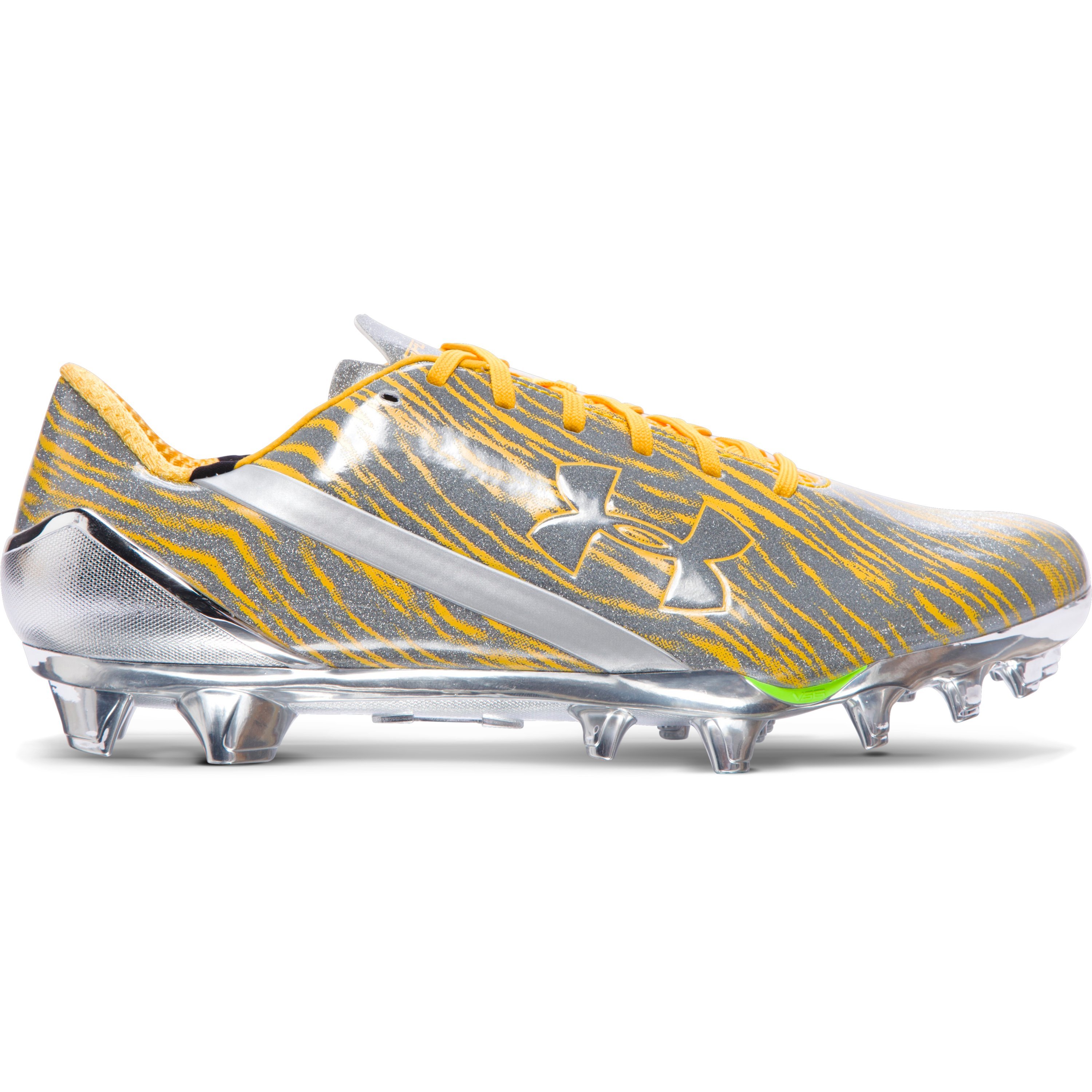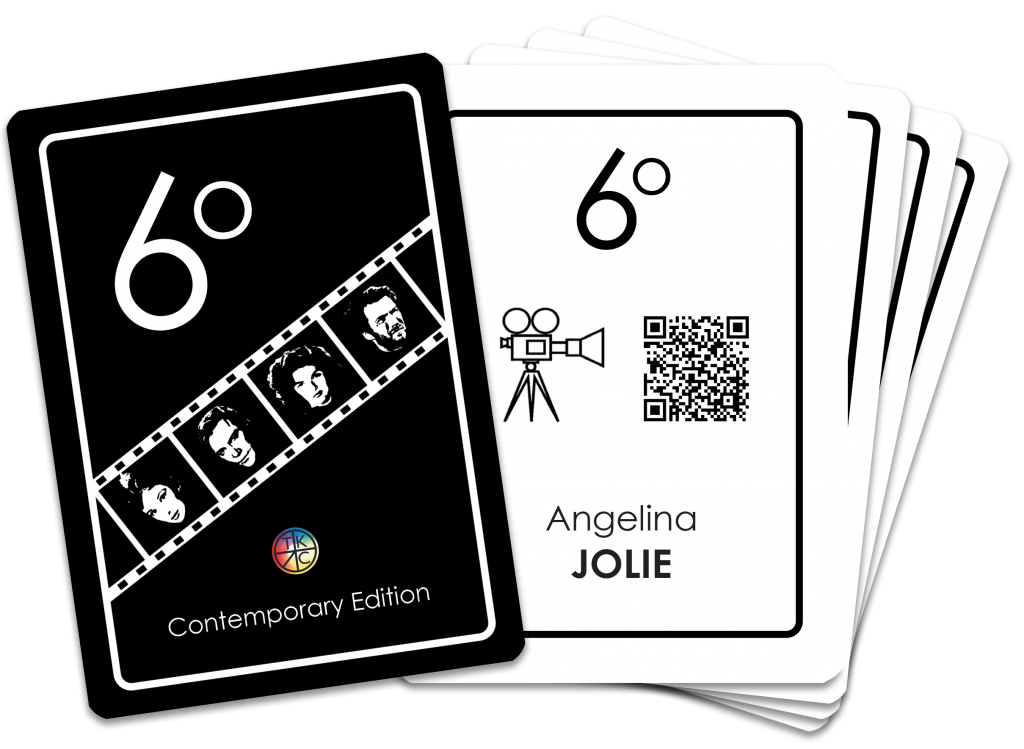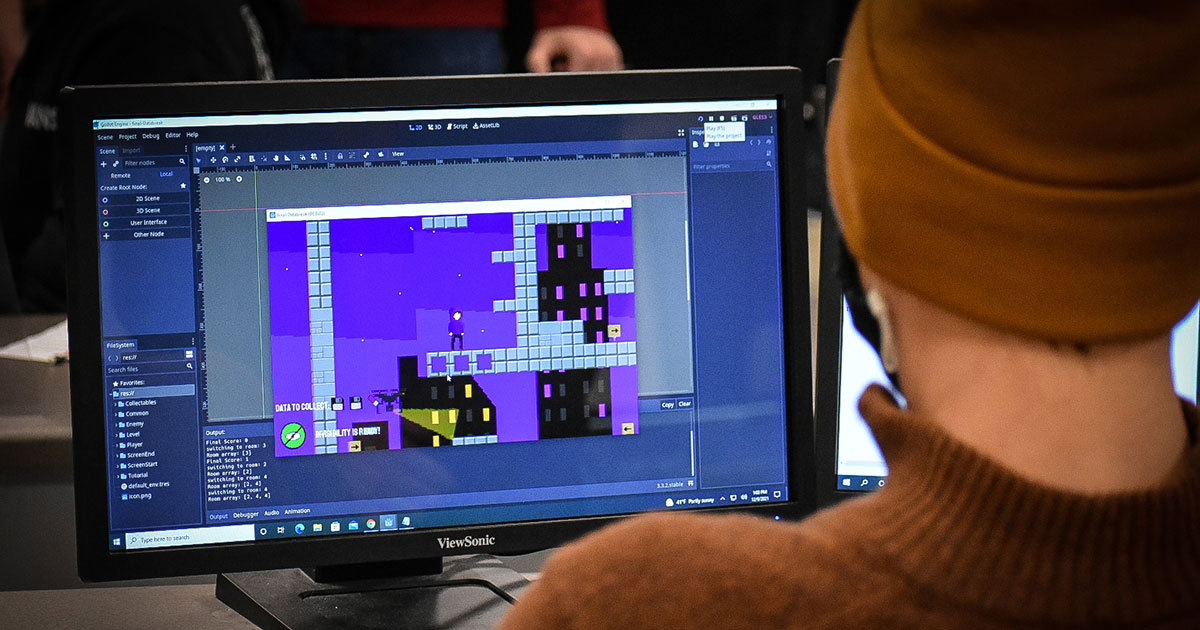Table Of Content

This amazing 40-page magazine template is suitable for fashion and brochure projects. The magazine is easy to customize, so you can add your own images and content. This template features a layout that's based on a grid system so everything is organized and clean. Armin Hofmann, along with Emil Ruder, founded the Schule für Gestaltung (School of Design) in 1947. Much of his work focused on elements of graphic form while remaining simple and objective.
Lighting designer Jörg Boner presents B020, a new luminaire family for the Swiss lighting manufacturer Schätti that ... - Global Design News
Lighting designer Jörg Boner presents B020, a new luminaire family for the Swiss lighting manufacturer Schätti that ....
Posted: Thu, 04 May 2023 07:00:00 GMT [source]
The Beginning of the Swiss Style Graphic Design
The use of sans-serif typefaces, grid systems, and asymmetric layouts in Swiss design has been widely adopted in modern typography. These design elements create a clear hierarchy and make the content more digestible for the reader. Swiss typography has also been adopted in web design, where it has been used to create functional and easy-to-use interfaces. One of the most notable Swiss designers who helped shape this movement was Josef Müller-Brockmann. His work was characterized by the use of grid systems, asymmetrical layouts, and bold typography. In his influential book, “Grid Systems in Graphic Design,” Müller-Brockmann laid out the principles of grid-based design, which would go on to influence generations of designers.
Swiss Design Principles for Designers Today
He sought the advice of the architect Eliel Saarinen who had offered him a fellowship at Cranbrook Academy of Art, where Charles soon became head of the Department of Industrial Design. At Cranbrook, Charles deepened his working relationship with Eliel's son Eero—with whom he would win the 1940 Museum of Modern Art Organic Furniture Competition—and found new collaborators notably Harry Bertoia and, later, Ray Kaiser. Political and social upheavals of the decade were accompanied by a resurgence of poster art addressing the civil rights movement, the women’s movement, environmentalism, and the Vietnam War. Critics of the movement considered the style cold and impersonal and thought the focus on objective principles led to formulaic solutions that generally looked the same. Advocates suggested the pure legibility of the style led to a timeless perfection of form that delivered an understated message without the exaggerated claims typical of advertising.
Formafantasma’s Floral Chairs and Futuristic Lights
Cozy Stylish Chic Creative Director Jeanne K. Chung and designers Angela Lee and Caroline Meloche brightened the dark wood-paneled library to create a space where residents can unplug. Wallpaper was added to the ceiling and the backs of the bookcases, and heavy wood blinds were replaced with soft draperies and Roman shades to make the space feel lighter. The firm used a mix of fabrics and wall coverings by Ralph Lauren Home from Designers Guild throughout the space. The designers worked with a color palette of Dunn-Edwards paints, and several chose to highlight the brand’s 2024 Color of the Year, a steely blue called Skipping Stones.

In this article, we'll take a look at how the Swiss Style graphic design developed. How and why did the International Typographic Style decide to put legibility and clarity at the forefront? Additionally, we'll provide some top-notch examples of Swiss Style graphic design templates from Envato Elements, so you can use them in your next project.
The History of the Swiss Design Style
Resulting in a textile and tableware collection that radiates such happiness, the two brands invite us into a joyful world, celebrating the natural beauty in such locations. Presenting design as a transportive medium to help us lose track of time or place, this is a sensory moment that draws viewers in to appreciate and admire the collection on display. A Message to ShareThe Eames' furniture, especially elegant office chairs such as the Lounge and Aluminium Series, now seem synonymous with mid-20th century Corporate America. While designers in Europe were forging the International Typographic Style into a cohesive movement, American designers were synthesizing concepts from modern art into highly individualistic and expressive visual statements. From the 1940s through the 1960s, New York City was a major centre for innovation in design as well as the fine arts.
Cynthia Silverman created a nursery fit for a prince or princess, incorporating golden accents and whimsical touches, such as the hot-air balloon light and animal figurines. Maria Videla-Juniel turned the primary bath into a sumptuous retreat with hues of soft blue and brown. Thibaut wall coverings and fabrics were used for the walls and windows, and the elegant shagreen-covered vanities are accented with gleaming fixtures by P.E. Videla-Juniel and project manager Cheryl Hardy also installed a striking shower clad in herringbone stone tile. From an exhibition in a 1940s-era Modernist house to a blood-red sofa, the highlights of Milan’s annual design fair.
International Typographic Style found its niche in this communicative climate and expanded further beyond Switzerland, to America. One characteristic of the International Typographic Style that's hard to miss is the use of Swiss Typography, specially Akzidenz Grotesk, Folio, Helvetica, and Univers. Serif fonts were deemed too expressive, so sans serif fonts were an unobtrusive font that did the most important job—communicate clearly. By World War II, many artists and designers decided to take refuge in Switzerland as it remained neutral in the conflicts of that era.
Influences from Russian Constructivism, Bauhaus School, and International Style
Also included is an alternative health centre and wellness sanctuary in Berlin and an affordable housing scheme set in an adaptively reused former car park. Designer Ashleigh Miranda focused on juxtaposing technology and earthy elements in her moody media room. “I really wanted to showcase state-of-the-art technology but in a way that was grounded and spoke to our primitive nature.” Cutting-edge tech from Bang & Olufsen, Lutron, and JoshAI is balanced by curvaceous seating and unique art. Bursts of hot pink and apple green energize Steven Cordrey’s design for the home’s veranda.
In responding to the theme, it reflects on the circularity of joy and how it is passed on from creator to its users, altering the consumption experience. Other HorizonsBesides plywood, the Eameses focused on equally zealous experiments with other materials by creating furniture in fibreglass, plastic, aluminium, and, for the 1956 Lounge Chair, leather and a very opulent plywood. Their collaboration with Herman Miller continued and, in 1957, extended to Vitra, its European manufacturing partner. Unsurprisingly, the house and its contents epitomised Charles and Ray's approach to design and their ‘good life’ concept of celebrating the beauty of everyday objects as well as precious ones. At the house, a dried-out tumbleweed they picked up while on their honeymoon hung alongside a Franz Kline painting.
The new graphic charter of the Olympic Games - Graphéine
The new graphic charter of the Olympic Games.
Posted: Tue, 04 Oct 2022 07:00:00 GMT [source]
The use of large type families helped create emphasis, contrast, and hierarchy within a design. The purpose was to communicate information clearly, without persuading the audience through the same methods as commercial advertising. Furthermore, photography is a medium that portrays reality more accurately than illustration. The style of photography in many of the posters was black and white with high tonal contrast.
“Our whole goal with this space was basically to turn the lights on in the room, bring in the garden that’s outside, and kind of have an experience of a breath of fresh air,” Brosio says. Hand-painted floors were the jumping-off point for designer Amy Peltier’s soothing primary bedroom design. “It was so much work, but it turned out beautiful.” The firm wanted the space to feel “light and airy and breezy,” and incorporated fabrics and wall coverings by Thibaut in a soft color palette.
Matter was a pioneer in the use of photomontage, which with its talented use of type earned him great international acclamation. After working for the Swiss National Tourist Office and Swiss resorts he moved to the United States in 1936 and started teaching Photography at Yale University in 1952. Definition List (DL) is probably one of the most underestimated HTML elements. It’s a list element such as UL and OL, but it is supposed to present a collection of terms (DT) and descriptions (DD). Its most obvious use case is to represent dictionaries, but its potential goes way beyond that. The W3C Recommendation gives the example of a dialogue where DTs are character names and DDs are the text lines.
Taking inspiration from Swiss garden furniture and the theatre’s architectural details, the chair is designed to encourage playful interaction with its bespoke castor rolls and versatile configurations. When not in use, the chairs can be stored in a nest-like arrangement, offering added practicality for the venue. The chair also has detachable tables and parasol holders, making it applicable to multiple scenarios. While centred on functionality and form, it allows guests to enjoy the cultural settings of the region in style. In a partnership with Workshop 4.0 from Valais, CLAIRE+LÉA is exploring the visual and emotional potential witnessed in a robotic arm.
The country became a melting pot of designers from different cultural backgrounds. William Morris, the pioneer of the Arts and Crafts movement that originated in Britain, encouraged the return to craftsmanship. Many examples of these three similar styles included intricate patterns, floral motifs, and heavily illustrated designs.
Swiss designers believed that design should be functional, minimal, and universal. The Swiss Style grid systems set a visual hierarchy that helps structure information, images, and text and strategically uses white space. The basis for the formation of a new classical system was the creation of new fonts – first of all, simple sans-serif typefaces. This process was supported by Max Miedinger and his colleague Eduard Hoffmann. In fairness, the font “Neue Haas Grotesque” was developed, which was later renamed “Helvetica” – “Swiss font” (Helvetia is one of the names of Switzerland). Helvetica was created as a clean font that could also be applied to long stretches of text.













